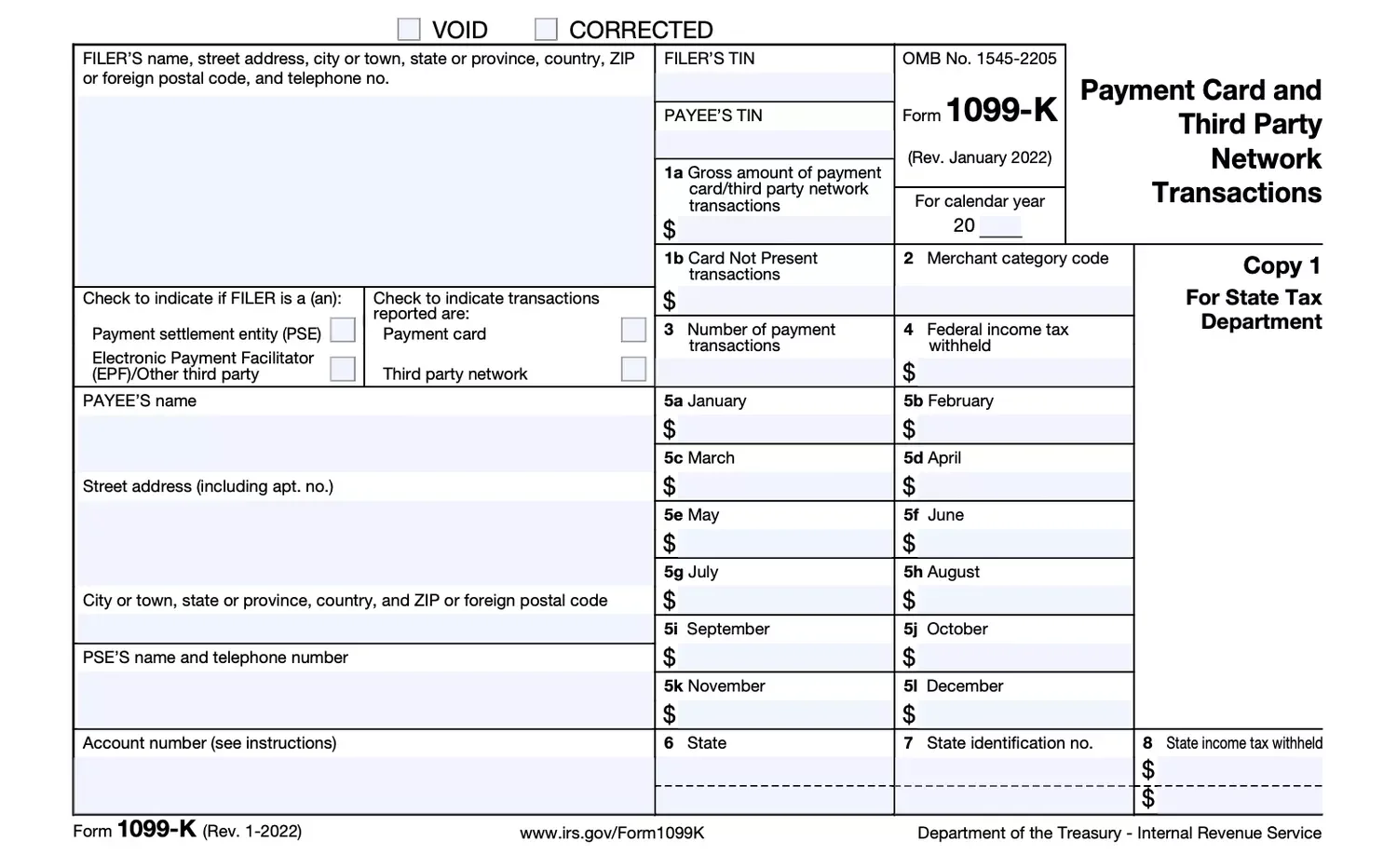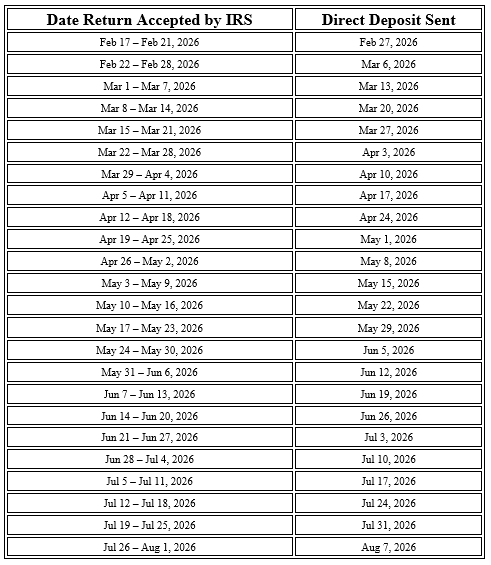Understanding Sole Proprietorship
A sole proprietorship is the simplest and most common form of business structure. It is owned and operated by a single individual, meaning there is no legal distinction between the owner and the business. This structure offers full control to the owner and allows for simple tax reporting. However, it also means that the owner is personally liable for all debts and obligations of the business.
As a sole proprietor, you report your business income and expenses on your personal tax return, specifically using Schedule C (Form 1040). This form allows you to detail your profits and losses from your business activities.
Why Pay Estimated Taxes?
The IRS requires taxpayers, including sole proprietors, to pay estimated taxes if they expect to owe $1,000 or more in tax for the year. This is essential because sole proprietors typically do not have taxes withheld from their business income, unlike employees who have taxes withheld from their paychecks.
Steps for Paying Quarterly Estimated Taxes
1. Determine Your Tax Liability: Calculate your expected adjusted gross income (AGI), taxable income, taxes, credits, and other payments for the year.
2. Use IRS Form 1040-ES: Form 1040-ES is used for estimating your tax payments. It includes a worksheet to help you estimate your taxable income and tax liability.
3. Calculate Quarterly Payments: Divide your estimated tax liability by four to determine your quarterly payment amount.
4. Know the Due Dates: Estimated tax payments for sole proprietors are typically due on the following schedule:
- First Quarter: April 15
- Second Quarter: June 15
- Third Quarter: September 15
- Fourth Quarter: January 15 of the following year
5. Make Your Payments: Payments can be made electronically through the IRS Direct Pay system, or you can send a check or money order along with the payment voucher from Form 1040-ES.
6. Keep Accurate Records: Maintain accurate records of your income and expenses throughout the year.
Relevant Tax Codes and Forms
- Federal Forms:
- Form 1040: U.S. Individual Income Tax Return, which includes income from your sole proprietorship.
- Schedule C (Form 1040): Profit or Loss from Business, where you report your business income and expenses.
- Form 1040-ES: Estimated Tax for Individuals.
- Georgia State Forms:
- Form 500: Georgia Individual Income Tax Return, used to report income, deductions, and credits for state tax purposes.
- Form 500-ES: Georgia Estimated Tax Payment Coupon, which is used to make estimated tax payments to the state.
Caution
The examples provided (below) assume that the sole proprietor is a Georgia resident who is a single filler. Tax laws and rates can vary significantly by state, so it’s essential to consult local regulations or reach out to JCox CPAs & Advisors, P.C. if you're operating outside of Georgia.
Example Breakdown
Example Scenario
- Total Expected Income for the Year: $50,000
- Total Expected Business Expenses: $15,000
- Filing Status: Single
- Standard Deduction for the Year: $13,850 (for 2023)
Step 1: Calculate Federal Tax Liability
1. Calculate Net Income:
Net Income = Total Income - Total Expenses
Net Income = 50,000 - 15,000 = 35,000
2. Adjust for Standard Deduction:
Taxable Income = Net Income - Standard Deduction
Taxable Income = 35,000 - 13,850 = 21,150
3. Apply Federal Tax Rates:
The 2023 federal income tax brackets for a single filer are as follows:
- 10% on income up to $11,000
- 12% on income over $11,000 up to $44,725
Calculate Tax:
- First $11,000: 11,000 × 0.10 = 1,100
- Remaining income ($21,150 - $11,000 = $10,150): 10,150 × 0.12 = 1,218
- Total Federal Tax Liability: 1,100 + 1,218 = 2,318
4. Calculate Quarterly Payments:
Quarterly Federal Estimated Tax Payment = Total Tax Liability / 4
Quarterly Federal Estimated Tax Payment = 2,318 / 4 = 579.50
Step 2: Calculate Georgia State Tax Liability
1. Apply Georgia Tax Rates:
Georgia uses a similar tax bracket system. The 2023 tax brackets for a single filer are:
- 0% on income up to $750
- 1% on income from $751 to $2,250
- 2% on income from $2,251 to $3,750
- 3% on income from $3,751 to $5,250
- 4% on income from $5,251 to $7,000
- 5% on income from $7,001 to $10,000
- 5.75% on income over $10,000
2. Calculate Georgia Tax:
Calculate Tax:
- First $750: 750 × 0.00 = 0
- From $751 to $2,250: (2,250 - 750) × 0.01 = 15
- From $2,251 to $3,750: (3,750 - 2,250) × 0.02 = 30
- From $3,751 to $5,250: (5,250 - 3,750) × 0.03 = 45
- From $5,251 to $7,000: (7,000 - 5,250) × 0.04 = 70
- From $7,001 to $10,000: (10,000 - 7,000) × 0.05 = 150
- Over $10,000: (21,150 - 10,000) × 0.0575 = 643.75
Total Georgia State Tax Liability:
0 + 15 + 30 + 45 + 70 + 150 + 643.75 = 953.75
3. Calculate Quarterly Payments:
Quarterly Georgia Estimated Tax Payment = Total Tax Liability / 4
Quarterly Georgia Estimated Tax Payment = 953.75 / 4 = 238.44
Summary of Estimated Tax Payments
- Total Federal Tax Liability: $2,318
- Quarterly Federal Estimated Tax Payment: $579.50
- Total Georgia State Tax Liability: $953.75
- Quarterly Georgia Estimated Tax Payment: $238.44









